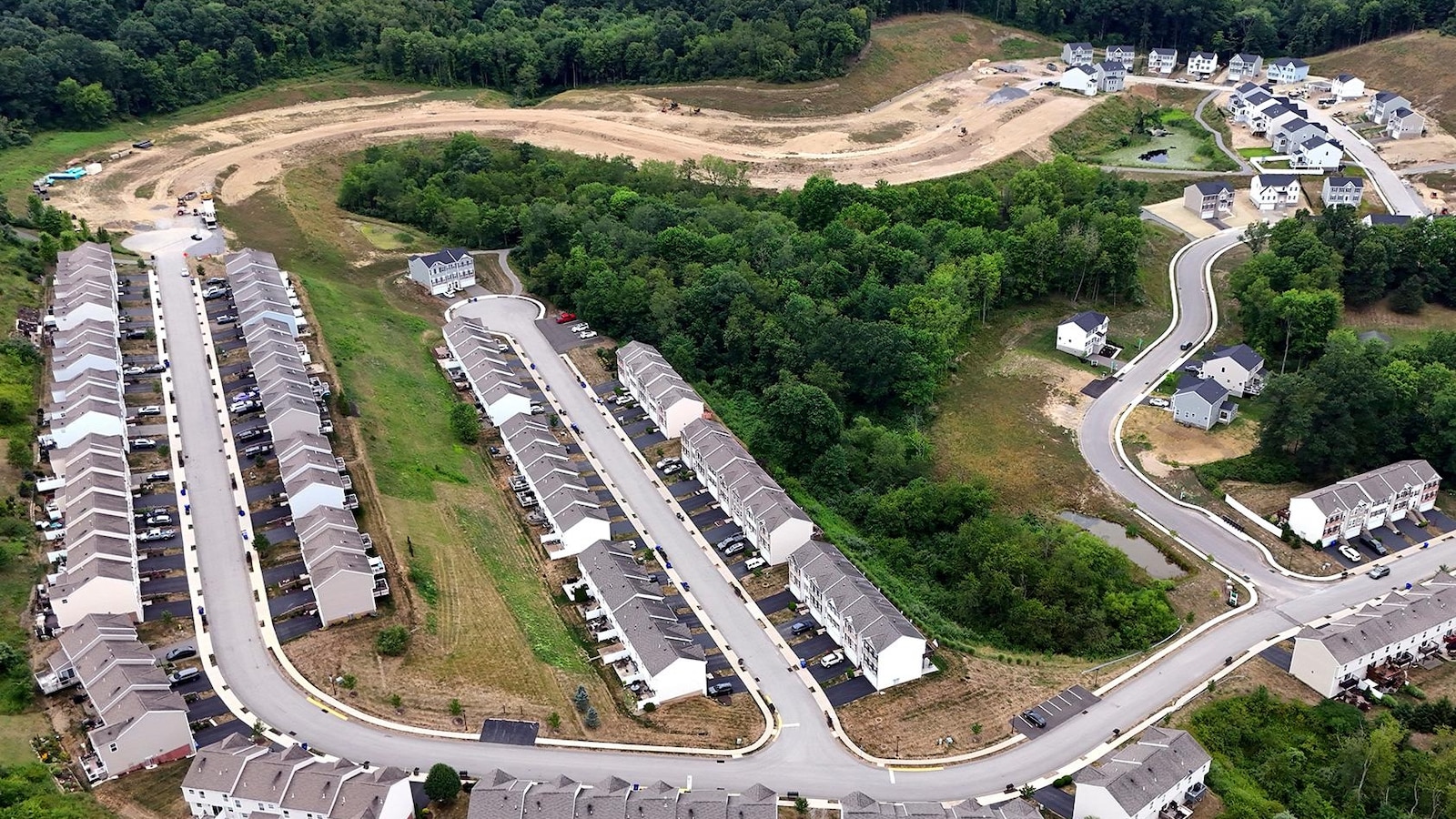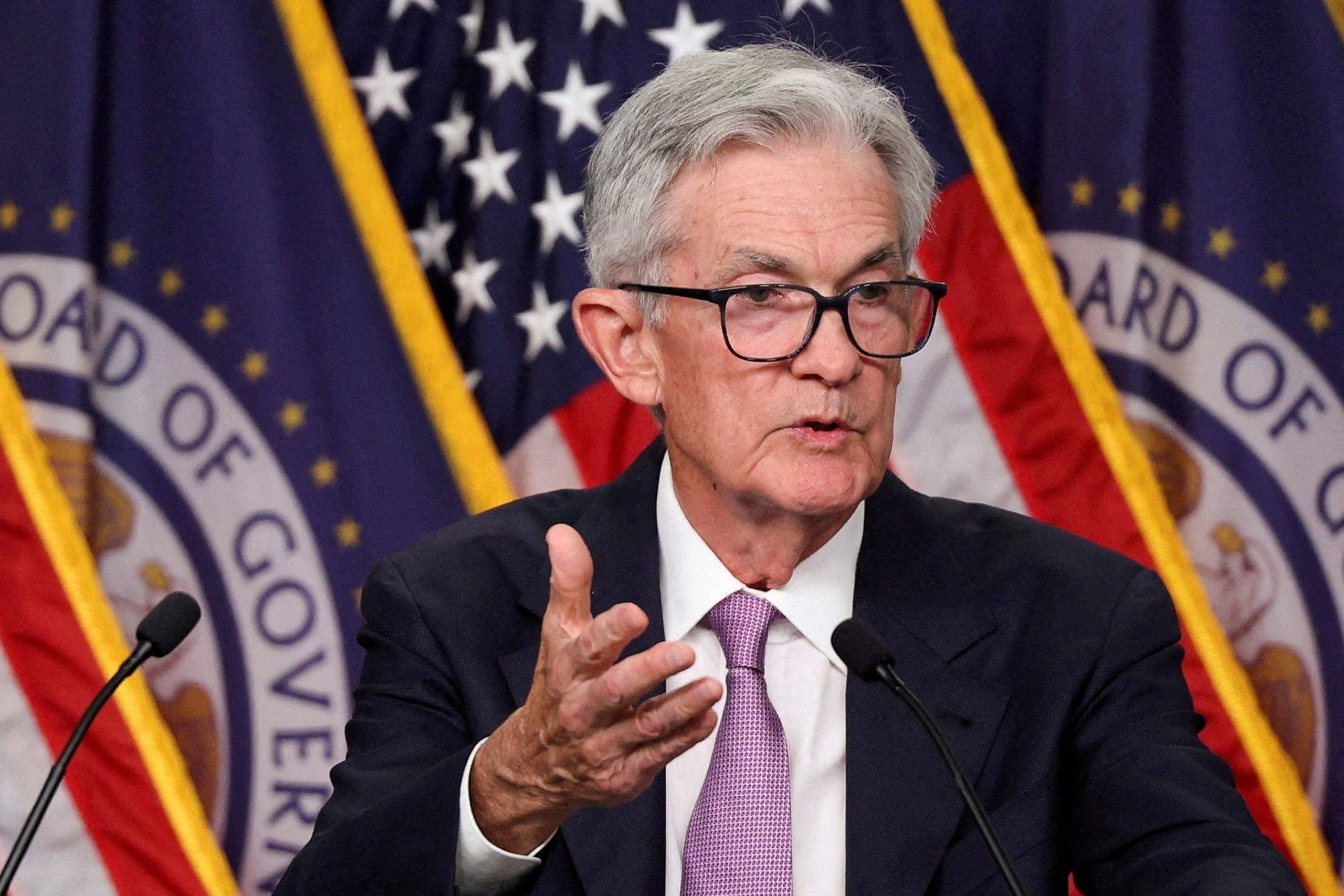
The average rate on a 30-year mortgage in the U.S. rose to 6.12% this week, the first increase in seven weeks.
The rate ticked up from 6.08% last week, mortgage buyer Freddie Mac said Thursday. A year ago, the rate averaged 7.49%.
Last week, the average rate slipped to its lowest level in two years, boosting home shoppers’ purchasing power as they navigate a housing market with prices near all-time highs.
Borrowing costs on 15-year fixed-rate mortgages, popular with homeowners seeking to refinance their home loan to a lower rate, increased again this week. The average rate rose to 5.25% from 5.16% last week. A year ago, it averaged 6.78%, Freddie Mac said.
Mortgage rates are influenced by several factors, including how the bond market reacts to the Federal Reserve’s interest rate policy decisions. That can move the trajectory of the 10-year Treasury yield, which lenders use as a guide to pricing home loans. The yield on the 10-year Treasury was at 3.82% Thursday, up from 3.78% last week.
The average rate on a 30-year mortgage is down from 7.22% in May, its 2024 peak. Rates have been mostly declining since July in anticipation of last month’s move by the Federal Reserve to cut its main interest rate for the first time in more than four years.
Fed officials also signaled they expect further cuts this year and in 2025 and 2026. The rate cuts should, over time, lead to lower borrowing costs on mortgages.
Setting aside this week’s rise in the average long-term rate, Freddie Mac Chief Economist Sam Khater painted a more optimistic picture for prospective homebuyers.
“Zooming out to the bigger picture, mortgage rates have declined one and a half percentage points over the last 12 months, home price growth is slowing, inventory is increasing, and incomes continue to rise,” Khater said. “As a result, the backdrop for homebuyers this fall is improving and should continue through the rest of the year.”
The average rate on a 30-year mortgage rose from below 3% in September 2021 to a 23-year high of 7.8% last October. That coincided with the Fed increasing its benchmark interest rate to fight inflation.
When mortgage rates rise they can add hundreds of dollars a month in costs for borrowers. The housing market has been in a sales slump since 2022 as elevated mortgage rates discouraged many would-be homebuyers. Sales of previously occupied U.S. homes fell in August even as mortgage rates began easing.
Economists generally expect mortgage rates to remain near their current levels, at least this year. Fannie Mae projects the rate on a 30-year mortgage will average 6.2% in the October-December quarter and decline to an average of 5.7% in the same quarter next year.
After seven consecutive weeks of decline, the average rate on a 30-year fixed-rate mortgage in the United States has finally seen an increase. According to the latest data from Freddie Mac, the average rate on a 30-year mortgage rose to 6.12% this week, up from 6.08% last week.
This increase comes as a surprise to many in the housing market, as rates had been steadily decreasing since mid-September. The rise in rates can be attributed to a number of factors, including inflation concerns, rising bond yields, and the Federal Reserve’s recent decision to begin tapering its bond-buying program.
While a 0.04% increase may not seem significant, it can have a noticeable impact on the cost of borrowing for homebuyers. For example, on a $300,000 mortgage, a 0.04% increase in the interest rate could result in an additional $720 in interest payments over the life of the loan.
Despite this recent increase, mortgage rates are still relatively low by historical standards. Just a year ago, the average rate on a 30-year mortgage was around 3%, so even at 6.12%, rates are still significantly higher than they were in the past.
For potential homebuyers, this increase in rates serves as a reminder of the importance of shopping around for the best mortgage deal. With rates on the rise, it’s more important than ever to compare offers from multiple lenders to ensure you’re getting the best possible rate.
For current homeowners who are considering refinancing, this increase in rates may make it less attractive to refinance. However, it’s still worth exploring your options, as rates are still relatively low compared to historical averages.
Overall, while the increase in mortgage rates may be unwelcome news for some, it’s important to keep things in perspective. Rates are still historically low, and a small increase is unlikely to have a significant impact on the overall housing market. As always, it’s important to stay informed and make decisions based on your individual financial situation.


